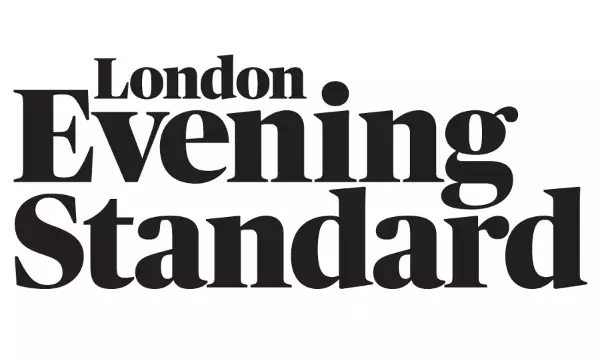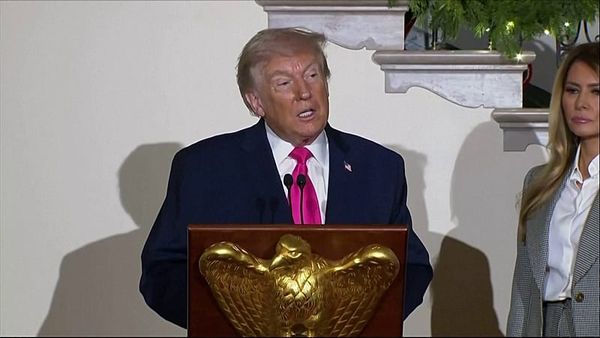Australia is known for its duopolies – Coles and Woolworths, Qantas and Virgin, Labor and the Coalition. However, at least one of these may be coming to an end.
In the 1980s, Labor and the Coalition shared more than 90% of the primary vote between them and independent politicians were rare.
But at the 2022 federal election, the combined major party vote was at a record low of 68% and the size of the crossbench in the lower house reached a record high, with 16 MPs elected either as independents or from a minor party.
This trend is also readily apparent when looking at the decline in the major party vote over time at the national level. The decline is not equal in all areas, with some seats dropping more than others, while other electorates show an increasing vote for the Coalition or Labor.
Here you can see the decline in the major party vote over time for every electorate since the 2004 election. The vote counts have been recalculated to the most recent electorate boundaries to make the data comparable over time for the same area:
In some seats, such as Kennedy and Clark, the election of a popular independent candidate resulted in the major party vote declining dramatically or staying low. In others, the major vote drops but then increases again, following the appearance and disappearance of minor parties at various elections, such as in some South Australian seats with Nick Xenophon’s party and in some Queensland electorates with the Palmer United party.
The other seats that stand out are Calare and New England – both regional seats where the major party vote has increased against the national trend. In both seats, independent politicians retired and were replaced by members of the Nationals.
So what are the consequences of this shift from a system dominated by two parties to one where voters are increasingly looking for a third option?
There are some obvious outcomes, such as parliament dealing with a broader crossbench in the lower house.
Australia may see minority governments more frequently. The move away from major parties has also occurred in other countries with similar systems of government. In the 2024 election in the UK, minor parties had their highest share of the vote since 1920; in Canada, minority governments were historically rare, but the country has now had four since 2004.
And although the major party leaders rail against minority government and characterise it as “chaotic” and “unstable”, Australia’s most recent minority government, led by Julia Gillard after the 2010 election, was efficient in passing legislation and was able to pass landmark bills such as the one establishing the NDIS.
The most immediate consequence of the declining major party vote may be in how we view politics, because our interpretation is based so firmly in the two-party paradigm. The Mackerras pendulum, our classic view of electorates and how many seats might switch given a national swing, shows movement only along the Coalition-Labor axis. Polling companies and the media emphasise the two-party-preferred vote above measures like primary vote or estimated seat share.
Antony Green, the ABC’s chief election analyst, says the increasing number of independent and minor party candidates makes election projections “more complex”. Nevertheless, he expects the 2025 vote to be slightly easier to project than in 2022.
“In a fair number of the seats where there are independents or Greens in the final pairing, this time we have historical figures for them,” he says.
“So last time, we had a Liberal versus an independent in seats like Mackellar, North Sydney, Kooyong, Goldstein, where we had no history of an independent being there before. So we couldn’t take the preference count coming in and compare it with a preference count from last time because it was a different pairing.”
A new candidate in the final two for a seat also complicates election models which rely on swing from the previous year, Green says.
And the pendulum? Green says that again, it’s now more complicated, with so many more seat competitions between Labor and the Greens, Liberals and independents, and other pairings.
“Since 2007 we’ve always had this election calculator we published, where you could put in a swing and we predict how many seats will fall.
“We haven’t bothered this time because you had to put in so many exceptions to two-party [contests].”
Simon Jackman, honorary professor of political science at the University of Sydney, says the two-party-preferred figure – both the one estimated from polling and the one on election night – is still relevant for a lot of seats.
“But the set of possible election outcomes turns on what’s happening in a lot of non-classic contests,” he says.
Jackman agrees the utility of the pendulum has diminished.
“We’re in a mixed setup now. Of the seats I think will or might change hands this election, we’re generally talking about classic ALP v Coalition contests, for which constructs like the pendulum and uniform swing have some utility.
“I also think a lot of state and candidate-specific factors limit the utility of the pendulum/uniform-swing model. One of the big stories of this election could well be the state-specific swings or moderation/amplification thereof by the campaigns.
“On election night there might be as many non-classic contests in the ‘changing hands’ column as classic contests – the pendulum has nothing to tell us about the former.”
It remains to be seen whether the major party vote will decline again on election night – and if it does, by how much.
The Guardian’s polling tracker, which aggregates most published opinion polls, currently has the primary vote for other parties and independents up by 3.1 percentage points compared with the 2022 election, and the Greens up by 1, while Labor and the Coalition are down by 2.5 and 2.1 respectively. (These are estimated for each group individually, so they do not sum together neatly.)
If this bears out on election night, we may see the non-major party vote go above one-third of the total vote for the first time.
As we increasingly turn to third options, the ways we view this data may have to change too. If the pendulum and other two-party views become less relevant, it may be that we have to start prioritising alternatives like looking at the swing on the major party to non-major party axis, or using triangles to view the vote in three dimensions.
Notes
The map shows the notional incumbent based on margins calculated on redistributed boundaries by Antony Green, and takes byelection results into account.
Hexagon map inspired by 150hexagons.com.







